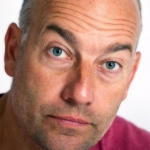Faces in a crowd
LONDON, Oct 12 -- A rugby World Cup match may last only 80 minutes, but photographers covering it arrive early. It's not unusual to get to the stadium five hours before kick-off. It's better for the nerves to arrive before the masses to avoid the traffic. We take a quick look at our positions, test our pitch side LAN cables and have a chat with colleagues we haven't seen for months.
Closer to kick-off, confident everything works and with time on my hands, I head out into the crowd -- sometimes with my "big" cameras to look more the part, but often with just my iPhone 5C. If the sun is shining - strangely, it has been most of time so far during this tournament - I pick an area in good light where there's a "clean" background. A plain concrete wall or a side of a truck will suffice, and I hang around. With rugby fans flowing past, I wait until somebody catches my eye. The ones with painted faces are easy prey, but I'm looking for "unusual" looking people.
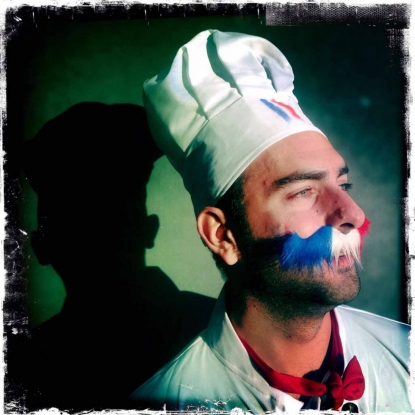 (AFP / Adrian Dennis)
(AFP / Adrian Dennis)Once I target one, I go straight in and ask whether I can take their picture. Quickly followed by: "I'm only doing it on my phone." No one ever seems to mind. It's become quite normal these days to pose for a quick portrait. It's then that I usually explain about my "project" -- my photographic collection of rugby fans.
Quickly framed, and literally a few presses of the button gives me something to work with. Unlike when I'm shooting with my "proper" professional Canon cameras, I give the subject the opportunity to help me choose the best picture. I'm normally quite persuasive about the picture I like, but making a decision together is a way of getting the fans involved as well.
 (AFP / Adrian Dennis)
(AFP / Adrian Dennis)I move the basic photo through an App called Hipstamatic, cropping the picture, adding a border and making it vibrant. It's all done in a matter of minutes, then it's ready to Tweet.
The Hipstamatic App is very simple to use and the end product reminds me of photographs I shot using a Rolleiflex camera years ago. Legendary British photographer David Bailey shot lovely simple portraits in the 1960's using one. His photos are of people posing in front of a plain white background with no distractions, just the person looking into the camera. The one of Michael Caine is one of my all-time favourites.
I don't pressure myself to produce a certain amount, but when I'm in the mood and there are lots of fans I can find 8-10 pictures relatively quickly. Some days it doesn't work at all. It's dark or you don't bump into an interesting-looking person. You can't really force it, but generally if I can produce four or five decent pictures on game day, then I'm happy.
I'm enjoying this personal project using only my iPhone. To be honest it's easy to do. I get to interact with fans and have a chat with people from different places. It doesn't feel like work, I'm having fun.
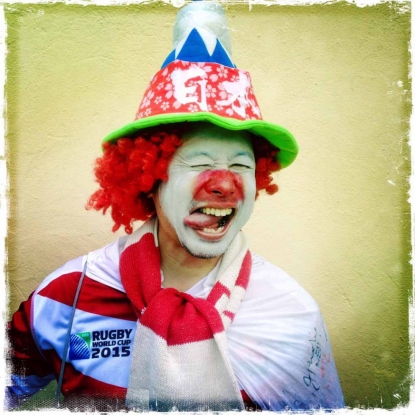 (AFP / Adrian Dennis)
(AFP / Adrian Dennis)One of my best pictures in this project so far, in my opinion, is a portrait of a young England fan. His unusual hair and painted face caught my eye. I like the simplicity of it, the black background, his expression.
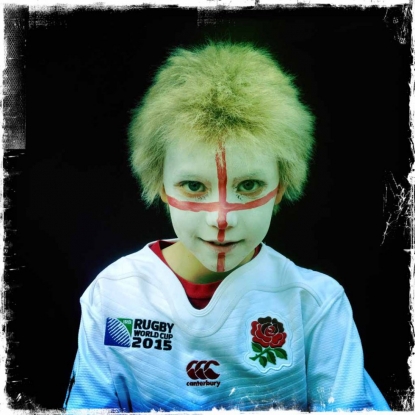 (AFP / Adrian Dennis)
(AFP / Adrian Dennis)I first experimented doing these portraits at the football World Cup in Brazil. The rugby fans are fun and go that extra mile, painting their faces or wearing a crazy outfit. So far, all the people I've met are good-natured and fun to be around. It's definitely not a chore to be at the Rugby World Cup.
I love shooting all sports but motorcycle racing is high on my list. I'm combining all my favourite subjects, motorcycles, photography, sport, work.
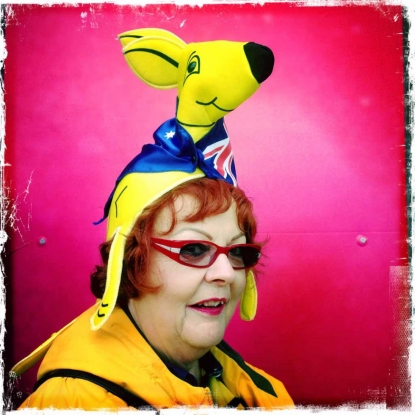 (AFP / PHOTOGRAPHER'S NAME)
(AFP / PHOTOGRAPHER'S NAME)I'm really keen on athletics too - I used to compete as a teenager. And I can appreciate what the athletes are experiencing. They rely on raw talent and ability to win and it's my job to capture that.
Shooting these iPhone portraits is a different challenge. Our industry is changing - it's moved quickly over the past 10 years. We're not just serving newspapers these days. I'm happy to explore "new" media such as Twitter.
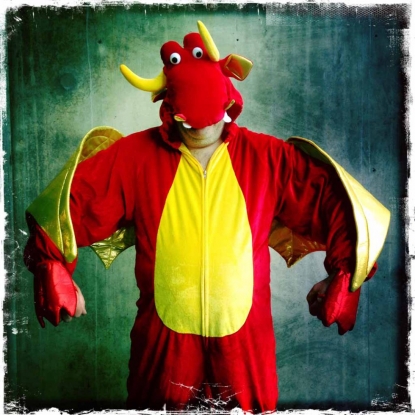 (AFP / Adrian Dennis)
(AFP / Adrian Dennis)When I started out in the business, I used a film camera. Today I take a photo and it's in the public domain within minutes. I consider it as a supplement to what I do for real. Ultimately, my assignment is to cover the match. But if I can get a few more people aware of AFP and our business then I'm happy to do that. Hopefully someone in the company may work out how to make revenue from it. You never know where a project like this may lead.
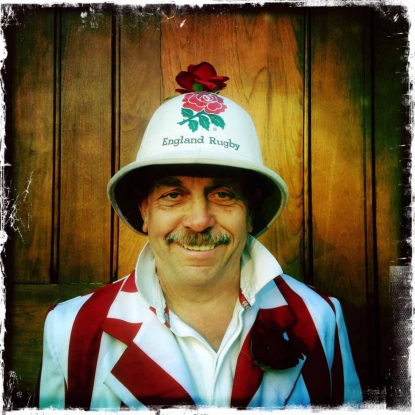 (AFP / Adrian Dennis)
(AFP / Adrian Dennis)I've been a photographer for 25 years. I got my first job in 1989, and joined AFP 16 years ago. Photography has just accelerated away in the last 20 years since digital has developed. Almost everyone has a camera in their pocket these days.
That doesn't mean professional photographers are going to be out of work. It's the person behind the camera who makes a picture. You can make a good picture with a mobile phone or you can make a good picture with the top-of-the-line DSLR camera. If you're a good photographer, you're a good photographer. It doesn't matter what you're shooting with.
What makes a good photographer? It's a combination of everything. The main difference between a professional and an amateur is that we're reliable. Chances are we'll get a decent picture on all occasions no matter where we go. We all understand composition, we "see" how the light falls and we understand timing, the right moment to press the button.
Adrian Dennis is an AFP photographer based in London. You can follow him on Twitter @photogator96
This blog was written with Yana Dlugy in Paris.
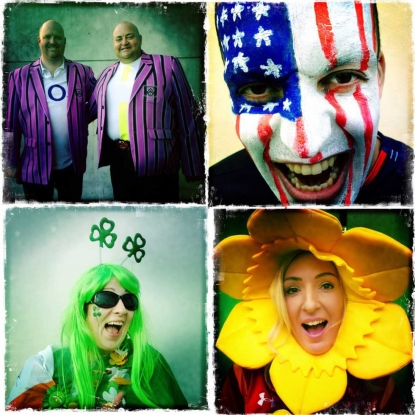 (AFP / Adrian Dennis)
(AFP / Adrian Dennis)

